japanese pagoda tree edible
It is an upright broad-spreading tree that grows as wide as it does tall forming a lacy canopy of dark green pinnate leaves. There are already several articles in Davesgarden about coconuts and dates.
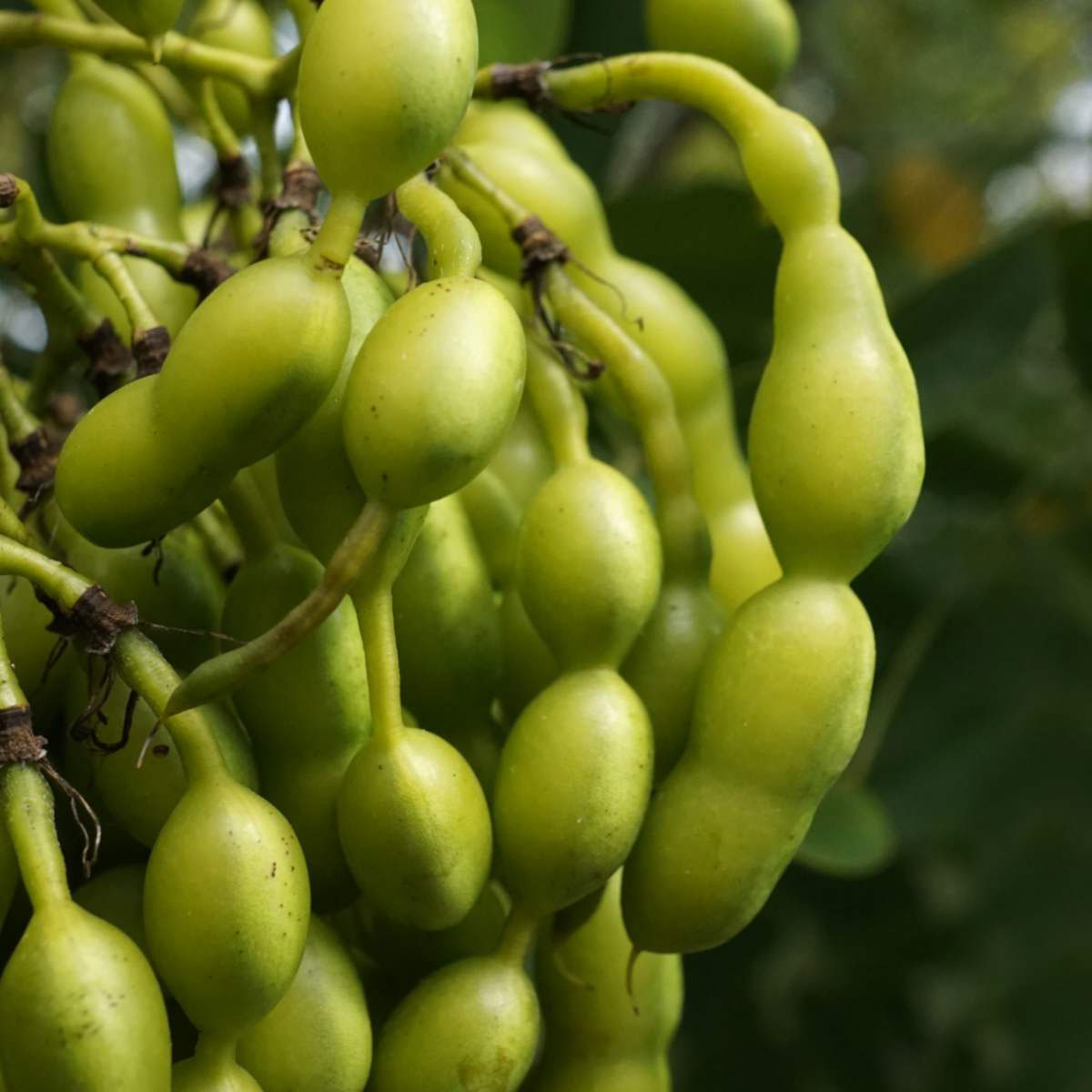
Pagoda Tree Facts And Health Benefits
The modifying action of the Japanese pagoda tree Sophora japonica and pantocrine in radiation lesions.
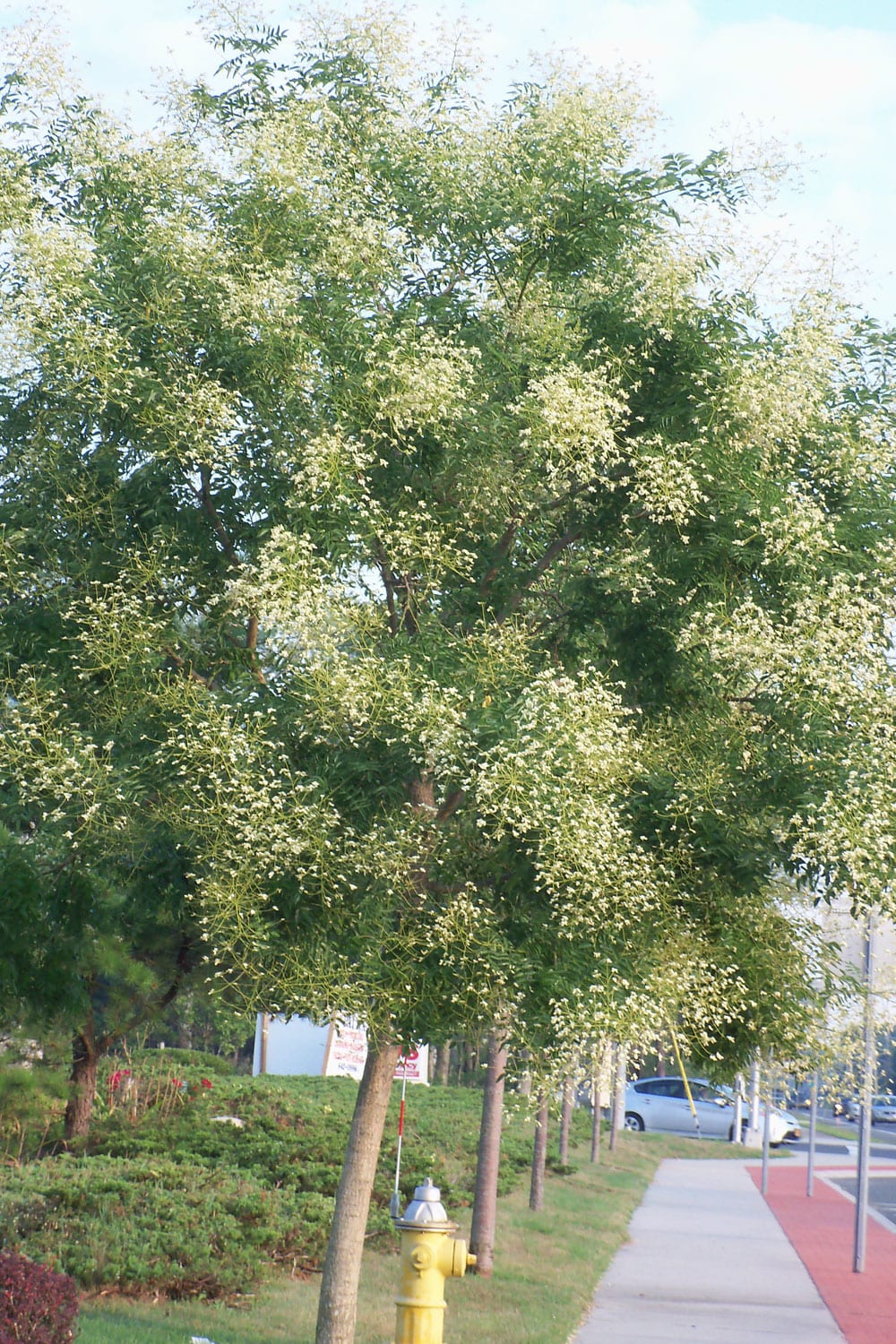
. Japanese Pagodatree Flower. It is a medium to large deciduous tree that typically matures to 50-75 less frequently to 100 tall with a broad rounded crown. The flowers buds and fruit are used in traditional medicine.
Rutin Tea Young leaves and flowers - cooked 177 183. Because of this the flowers and fruit of the pagoda tree share features associated with garden peas. Some are followed by edible fruit others by seed pods.
Studies on the interaction of the Sophora japonica lectin and concanavalin A with erythrocytes and lymphocytes. Regent rapid growth profuse. Perennial Has material part.
Questions about Pagoda Tree. The Japanese pagoda tree is often called the Chinese scholar tree. It is generally cultivated for its attractive compound foliage and fragrant late.
The leaves can also be made into. Sheng Huai Jiao Japanese Pagodatree Immature Fruit. The perfect Japanese garden isnt complete without a Millstone Jpanaese Pagodatree Sophora japonica Halka intermingled with the maples.
Japanese Pagoda Tree Has drought tolerance. Both have recently been increasing in popularity due to health benefit claims of these fruits and their byproducts. It is a medium to large deciduous tree that typically matures to 50-75 less frequently to 100 tall with a broad rounded crown.
Unknown use Rutin and Tea Has environmental tolerance. It is generally cultivated for its attractive compound foliage and fragrant. Japanese Pagodatree is a tree.
The paw paw is the largest edible fruit indigenous to the United States. 5b - 9a Wetdry. It grows in a tropical climate.
It offers frothy flowers when in season and fascinating and attractive pods. Huai Jiao Japanese Pagodatree Fruit is cold in nature. Flowers Leaves and Unknown part Has edible use.
The plant is important in traditional medicine and its leaves and flowers are edible. The actual fruit parts of these palms is just the fibrous mostly inedible seed coating surrounding the nut or seed. Tolerates drought Native range.
Insects Has flowers of type. Styphnolobium japonicum. Tolerant Has edible part.
01 Dec 2021 1 Guide to Crochet for Beginners. 50 - 70 Site characteristics. Pagoda tree Styphnolobium japonicum is a plant found in China Japan and Korea.
The modifying action of the Japanese pagoda tree Sophora japonica and pantocrine in radiation lesions. If you would like more pagoda tree information click on this article. Studies on the interaction of the Sophora japonica lectin and concanavalin A with erythrocytes and lymphocytes.
Japanese pagoda trees can tolerate full sun or partial shade and need rich well-drained soil in Zones 6-8 and mild areas of. Best used for High Blood Pressure. Vigorous Has hardiness zone.
Fluffy pyramidal panicles or clusters of creamy white-green fragrant. Styphnolobium japonicum commonly called Japanese pagoda tree or Chinese scholar tree is native to China and Korea but not Japan. The flower is a pleasant creamy-white color or slightly yellow.
Drought Has fertility type. It grows up to 20 M. This will also remove most of the vitamins and minerals K.
This seems more appropriate since the tree is native to China and not Japan. Japanese pagoda also known as Styphnolobium japonicum is a large deciduous tree native to China but cultivated in Japan for hundreds of years. The Japanese pagoda tree is often called the Chinese scholar tree.
Huai Hua Mi Japanese Pagodatree Pods. Despite its name the Japanese pagoda tree is native to China and was introduced to Japan where it is commonly found on the grounds of Buddhist temples. A favorite of wildlife gardeners pagoda dogwood is a North American native species that produces clusters of blue-purple berries in summer that attract birds.
Japanese Pagodatree Fruit. Hermaphrodite Has growth rate. If the seeds for your Japanese Pagoda Tree Sophora japonica were stored properly they should germinate without problem.
5 Has lifecycle type. Some especially those grown for their showy. Fall color is purplish to red.
From the smallest fern in the world that measures just one-centimeter tall to tree-sized forms theres a size to fit every landscape. The confusing name Japanese pagoda tree Styphnolobium japonicum of this Chinese native is likely the only thing that will make you question this stunning treeA Japanese pagoda tree also called Chinese scholar tree is perfect if you live in an urban setting are looking for a flowering shade tree or are planning a Japanese gardenThe Japanese pagoda tree is. While some parts of the pagoda tree are edible the peas are toxic and should not be consumed.
Princeton Upright upright. The paw paw is the largest edible fruit indigenous to the United States. The Japanese pagoda tree Sophora japonica or Styphnolobium japonicum is a showy little shade tree.
Clay loam sandy soils. Japanese pagoda tree Styphnolobium japonicum also called Chinese scholar tree tree of the pea family Fabaceae. Attractive cream-colored flowers in late July.
They provide the perfect backdrop for the flower power right around the corner. The leaves need to be cooked in three lots of water in order to remove the bitterness 179. The pagoda tree is a member of the Family Fabaceae commonly referred to as the Pea Family.
This seems more appropriate despite the Japanese reference in its scientific names since the tree. Elegant upsweeping branches hold an abundance of bright green foliage during the warm months. 50 - 82 Other.
The compound leaf is 6-10 inches long with each leaflet measuring between 1-2 inches. Pagoda tree contains chemicals similar to. Sophora japonica commonly called Japanese pagoda tree or Chinese scholar tree is native to China and Korea but not Japan.
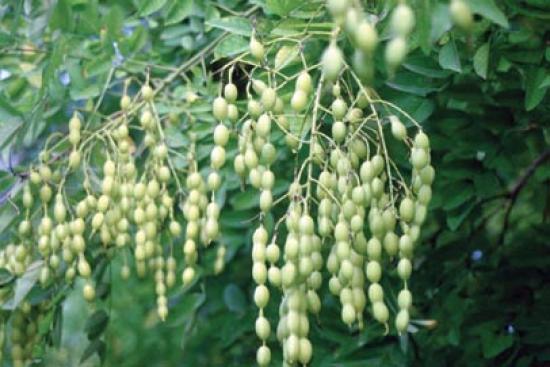
Japanese Pagoda Tree Scholar Tree Yale Nature Walk
Japanese Pagoda Tree Becoming Popular In U S Cities What Grows There Hugh Conlon Horticulturalist Professor Lecturer And Gardener

Japanese Pagoda Tree Scholar Tree Yale Nature Walk

The Japanese Pagoda A Late Summer Flowering Tree Tbr News Media
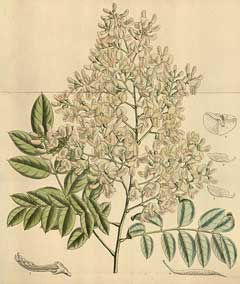
Sophora Japonica Japanese Pagoda Tree Scholar Tree Pfaf Plant Database
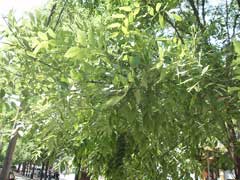
Sophora Japonica Japanese Pagoda Tree Scholar Tree Pfaf Plant Database
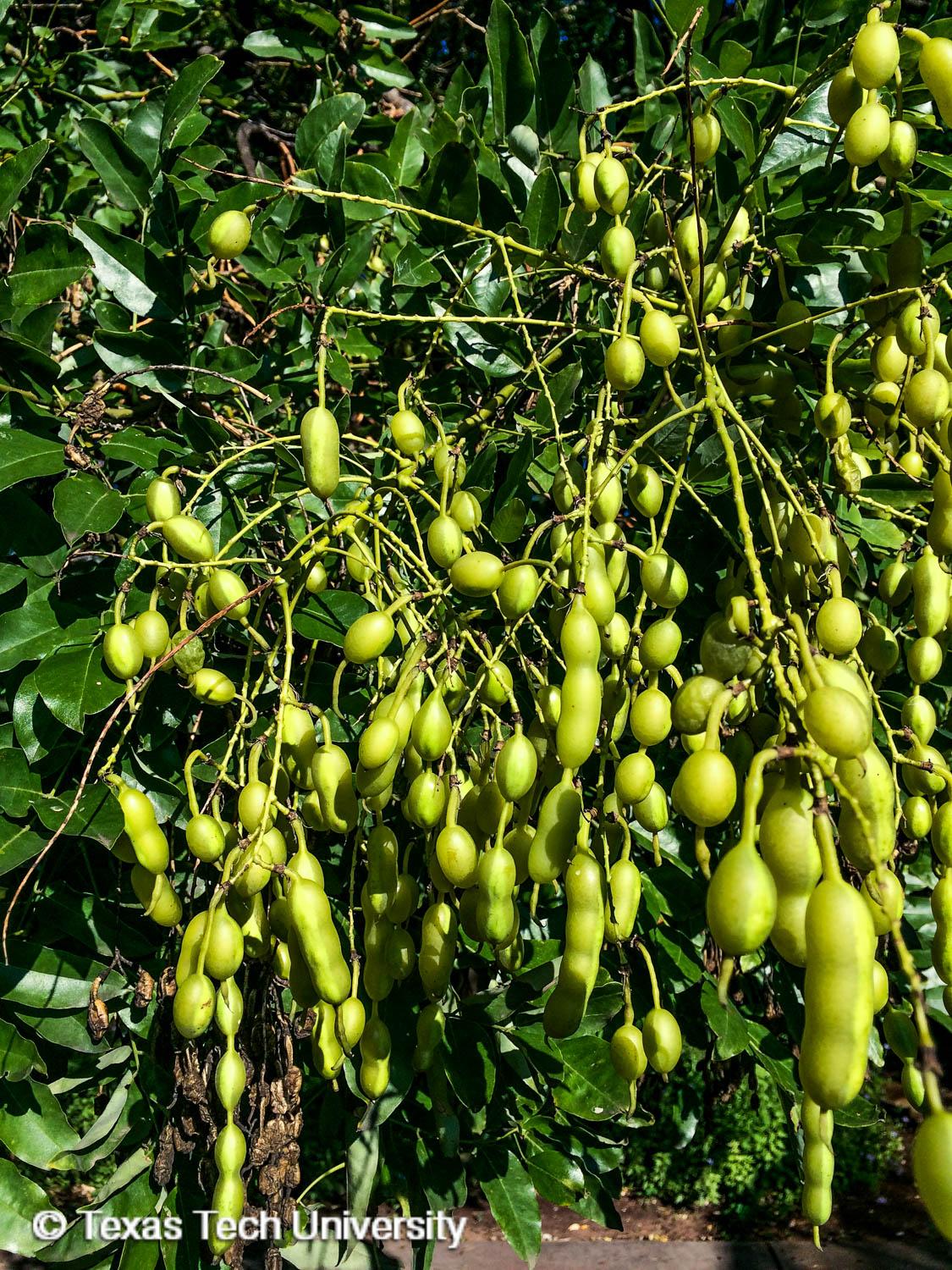
Japanese Pagoda Tree Plant Resources Home Ttu

Japanese Pagoda Tree Seed Pods Umbrella Tree Tree Seeds Japanese Pagoda

Sophora Japonica Huai Hua Mi Proven Herbal Remedies
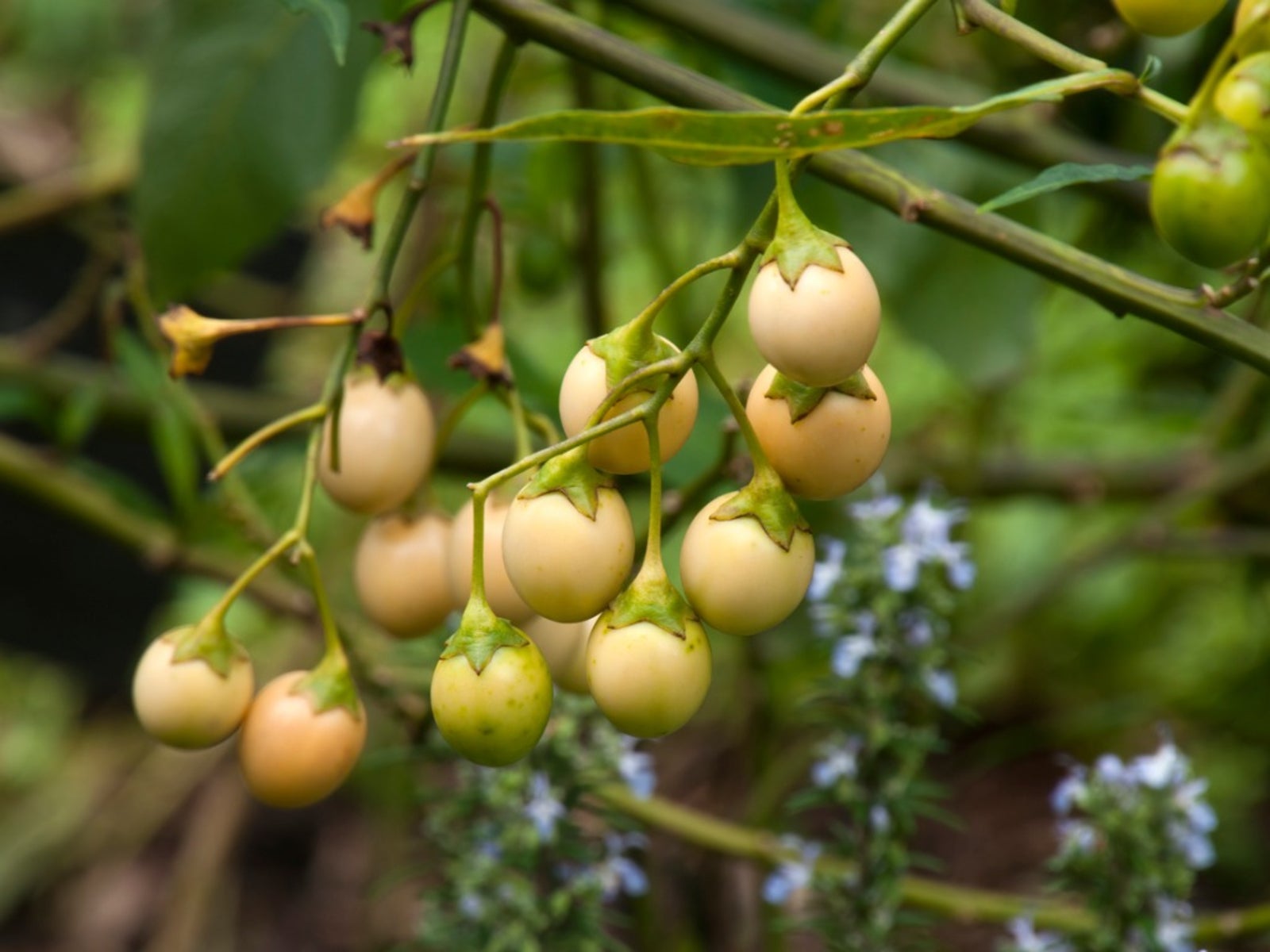
Propagating Kangaroo Apple Learn About Kangaroo Apple Plants
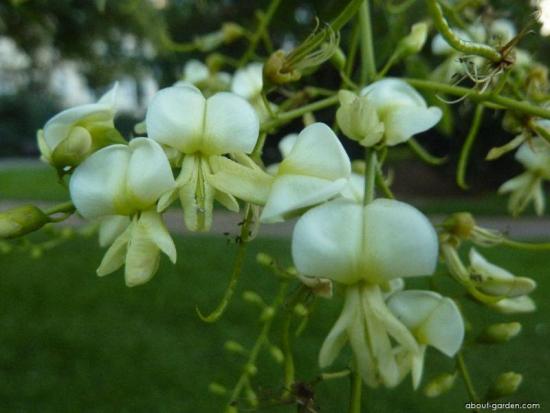
Japanese Pagoda Tree Scholar Tree Yale Nature Walk

What Is Sophora Japonica Learn About Japanese Pagoda Tree Care
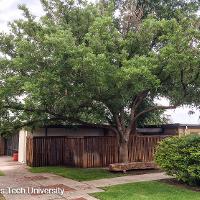
Japanese Pagoda Tree Plant Resources Home Ttu
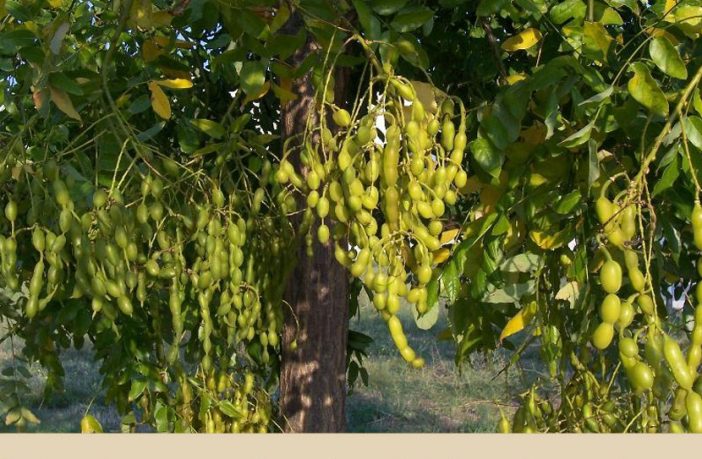
Pagoda Tree Facts And Health Benefits
Japanese Pagoda Tree Becoming Popular In U S Cities What Grows There Hugh Conlon Horticulturalist Professor Lecturer And Gardener
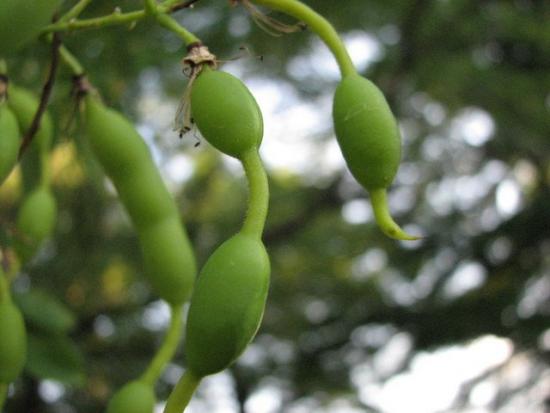
Japanese Pagoda Tree Scholar Tree Yale Nature Walk

The Japanese Pagoda A Late Summer Flowering Tree Tbr News Media
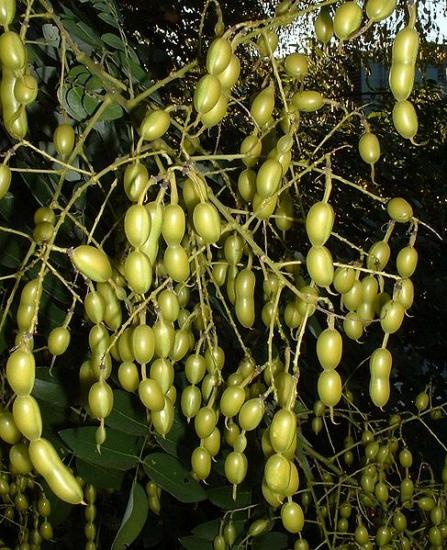
Japanese Pagoda Tree Scholar Tree Yale Nature Walk
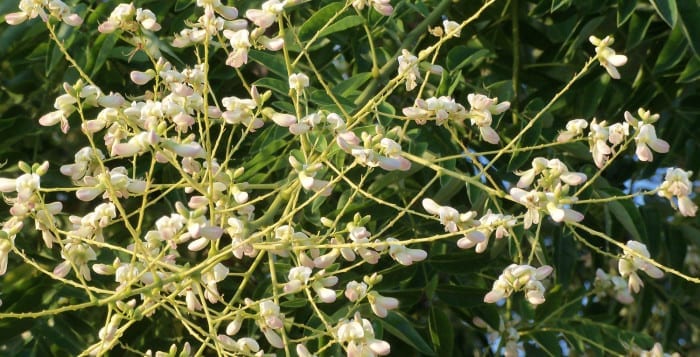
The Japanese Pagoda A Late Summer Flowering Tree Tbr News Media